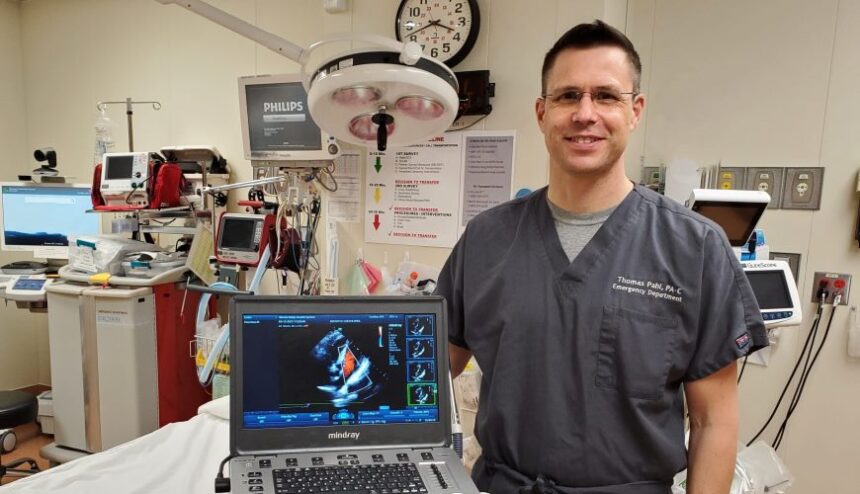We’re excited to share that Thomas Pahl, Physician Assistant in our Emergency Department, was selected as the “2021 PA of the Year” by the Minnesota Academy of Physician Assistants! Tom grew up in Hancock, MN and has cared for patients at Glacial Ridge Hospital’s ER in Glenwood since 2014. Tom said, “I could never have predicted how blessed I have been to be a Physician Assistant and how much I have learned over the past 20 years.”
In addition to giving care and respect to all, his achievements as a PA, include educating PA students, publishing articles, and serving as the Vice-Chair of the MN State Trauma Advisory Council. Read the full nomination and news post on the Minnesota Academy of Physician Assistants’ website.


